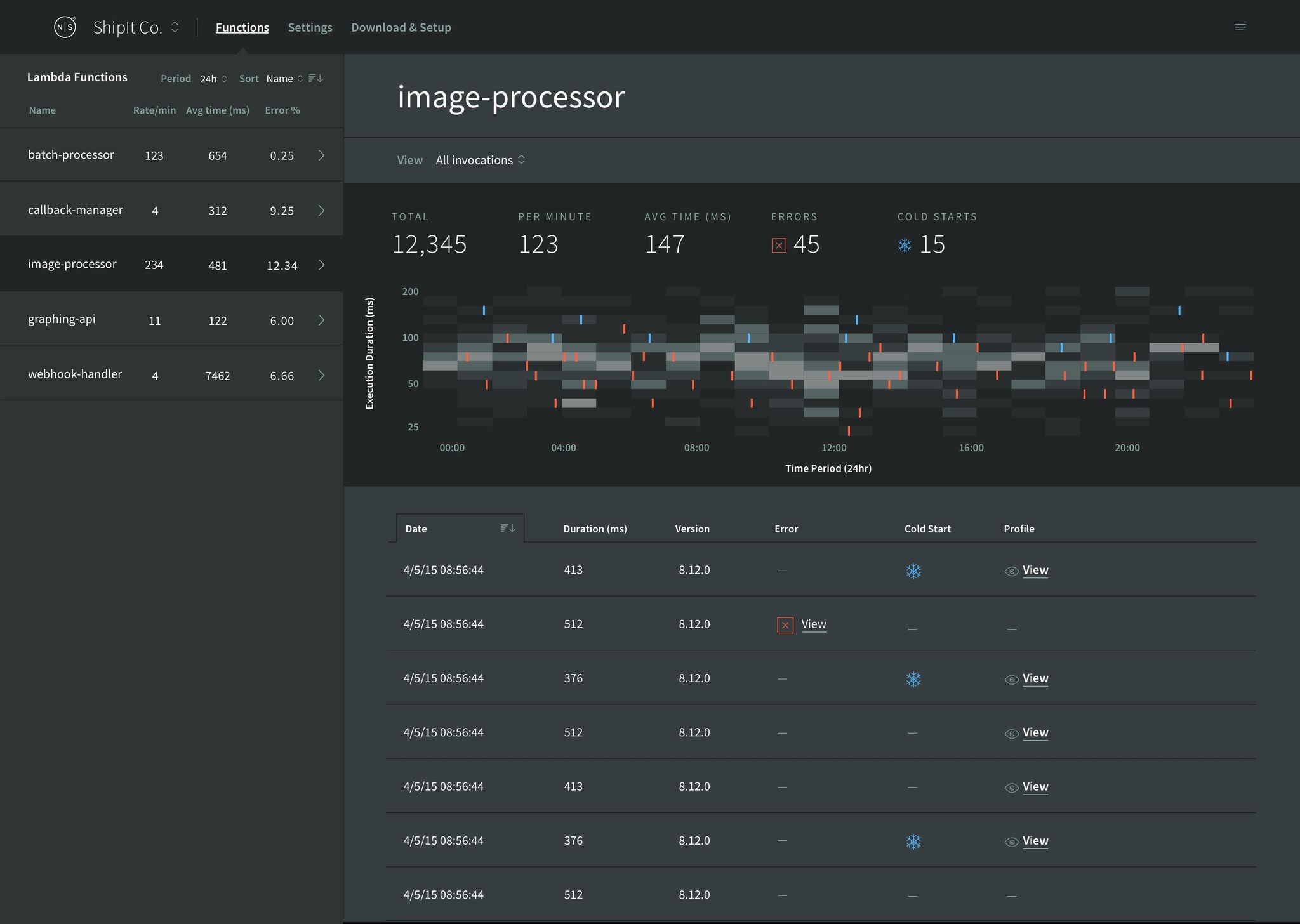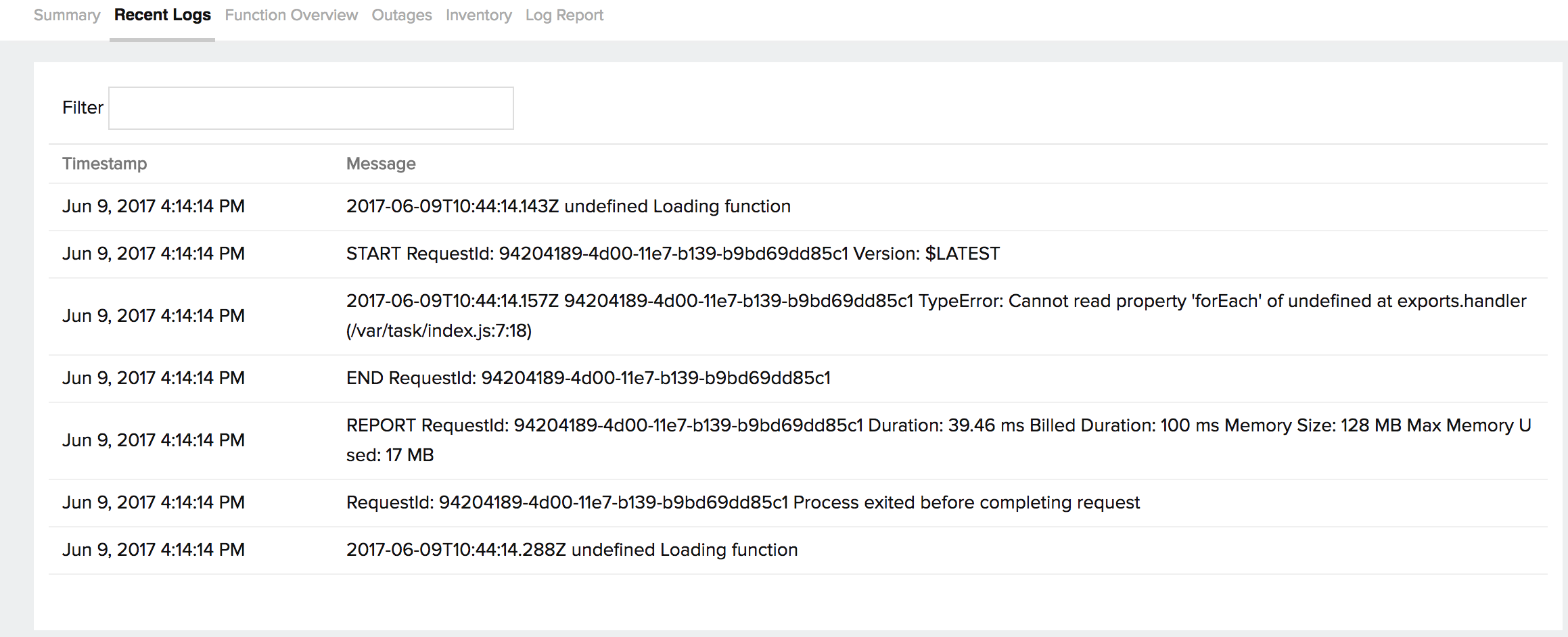

Please note that when using AuthType None, my function’s resource-based policy must still explicitly allow for public access. Instead, I’ll extract and validate a custom header in my function handler for authorization. Therefore, I’ll choose AuthType None, which means Lambda won’t check for any AWS IAM Sigv4 signatures before invoking my function. My webhook will use custom authorization logic based on a signature provided in the HTTP headers. Here, I select Auth type: AWS_IAM or NONE. When creating a new function, I check Enable function URL in Advanced Settings.
#Lambda website monitor how to#
Let’s see how to implement a new function to handle a webhook.

You can configure a function URL for a new or an existing function. This also lets you implement weighted traffic shifting and safe deployments.įunction URLs are natively supported by the Lambda API, and you can start using it via the AWS Management Console or AWS SDKs, as well as infrastructure as code(IaC) tools such as AWS CloudFormation, AWS SAM, or AWS Cloud Development Kit (AWS CDK).
#Lambda website monitor update#
On the other hand, I’d recommend mapping a function URL to an alias, so you can safely deploy new versions, perform some integration tests, and then update the alias when you’re ready. Each function URL is globally unique and can be associated with a function’s alias or the function’s unqualified ARN, which implicitly invokes the $LATEST version.įor example, if you map a function URL to your $LATEST version, each code update will be available immediately via the function URL. This lets you focus on what matters while we take care of configuring and monitoring a highly available, scalable, and secure HTTPS service.Ĭreate a new function URL and map it to any function. Today, I’m happy to announce the general availability of Lambda Function URLs, a new feature that lets you add HTTPS endpoints to any Lambda function and optionally configure Cross-Origin Resource Sharing (CORS) headers. For example, you might need to implement a webhook handler or a simple form validator that runs within an individual Lambda function. Each function is mapped to API endpoints, methods, and resources using services such as Amazon API Gateway and Application Load Balancer.īut sometimes all you need is a simple way to configure an HTTPS endpoint in front of your function without having to learn, configure, and operate additional services besides Lambda. These applications are composed of multiple serverless functions that implement the business logic. Organizations are adopting microservices architectures to build resilient and scalable applications using AWS Lambda.


 0 kommentar(er)
0 kommentar(er)
